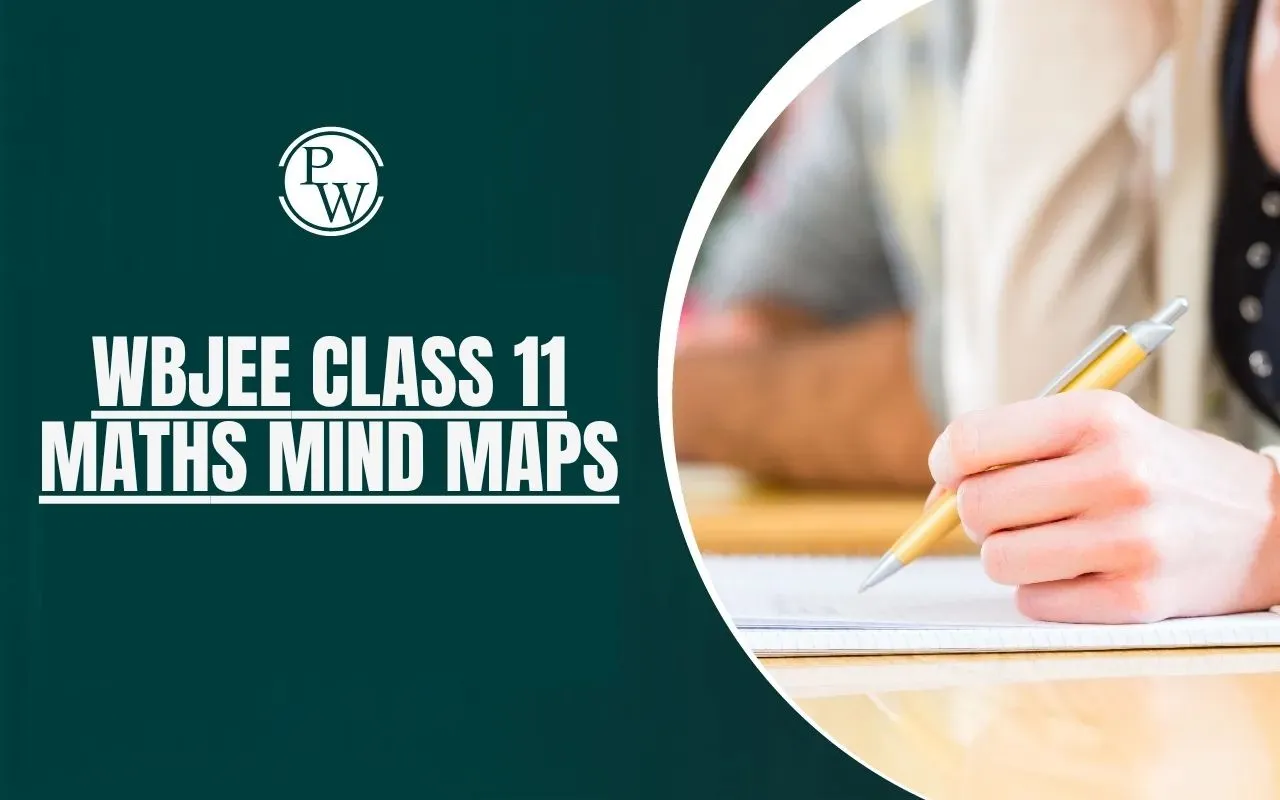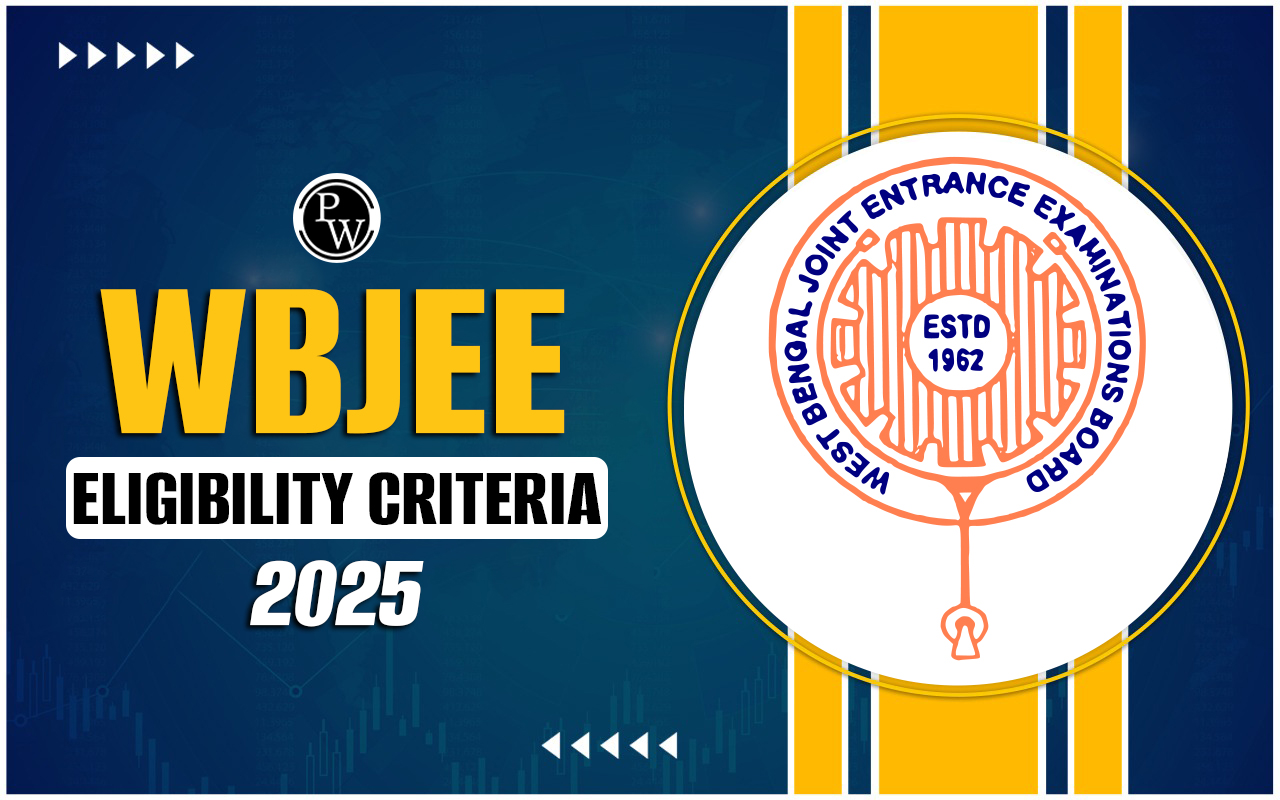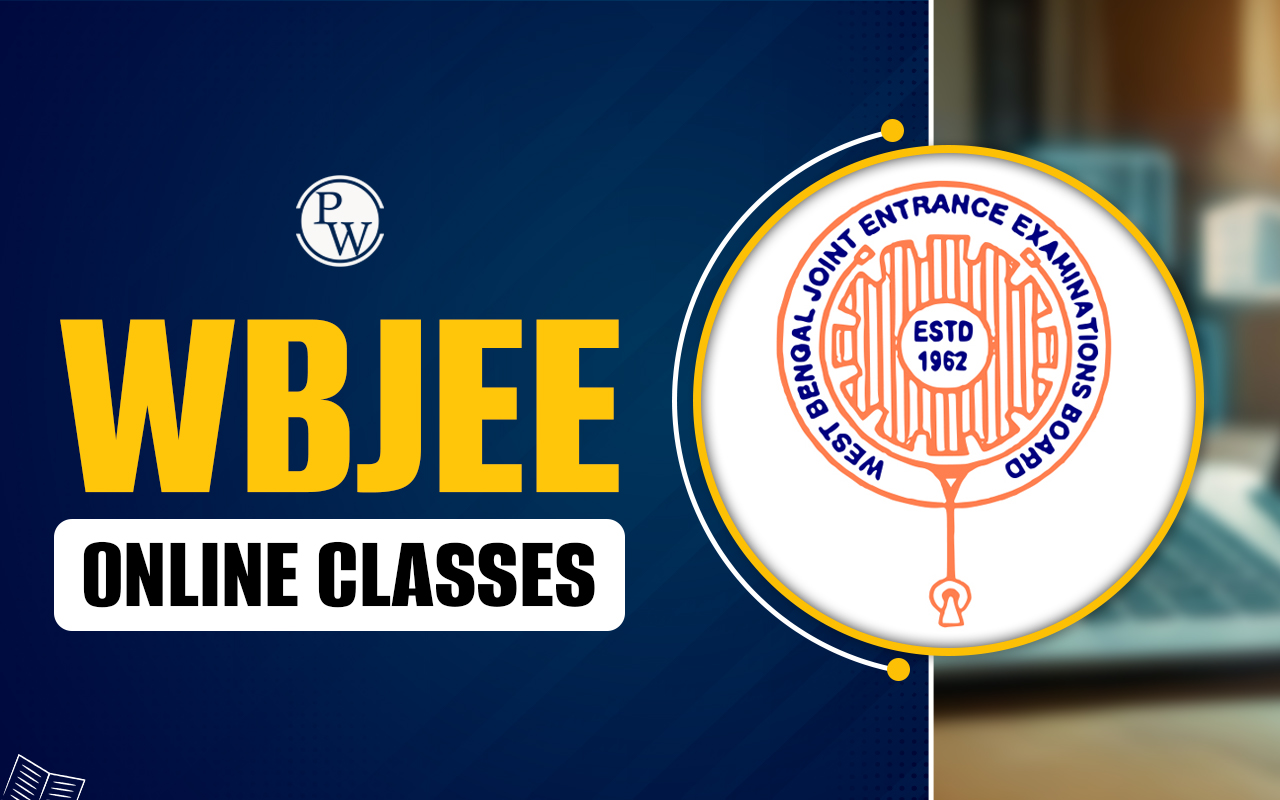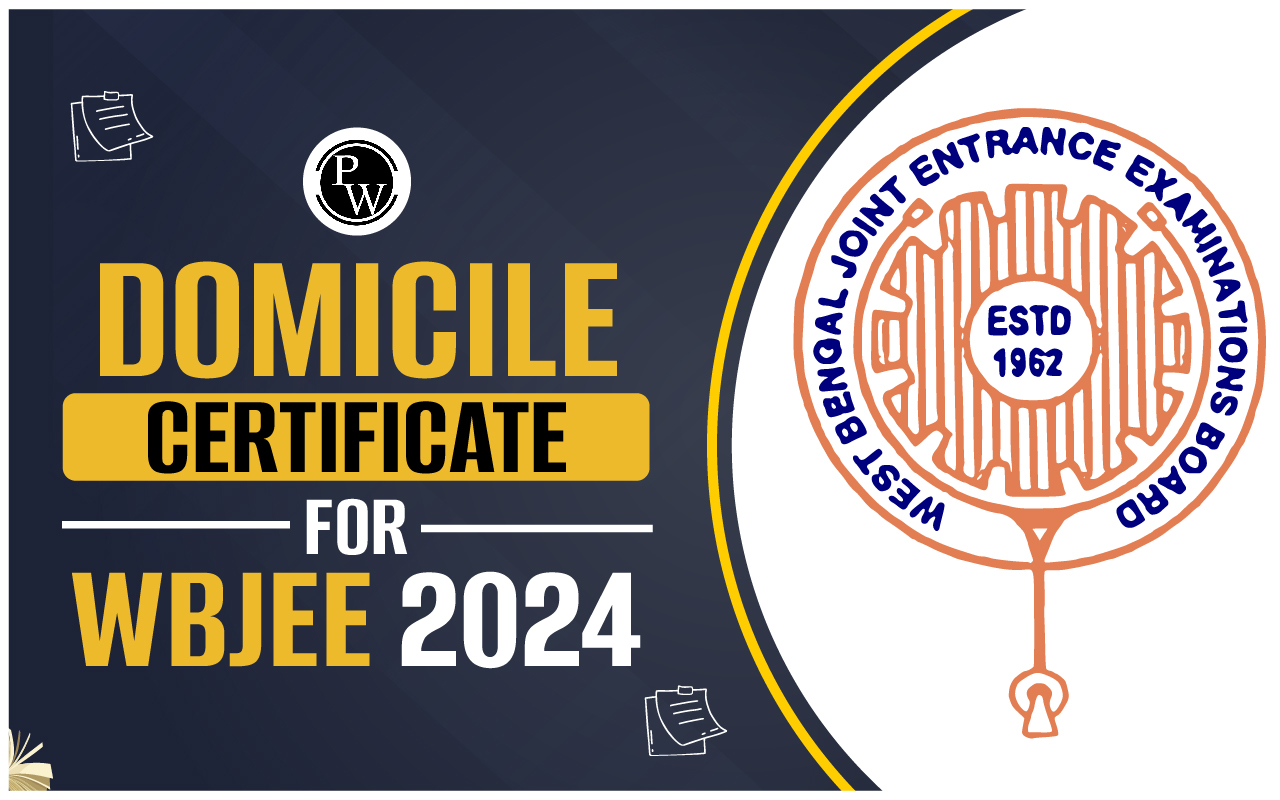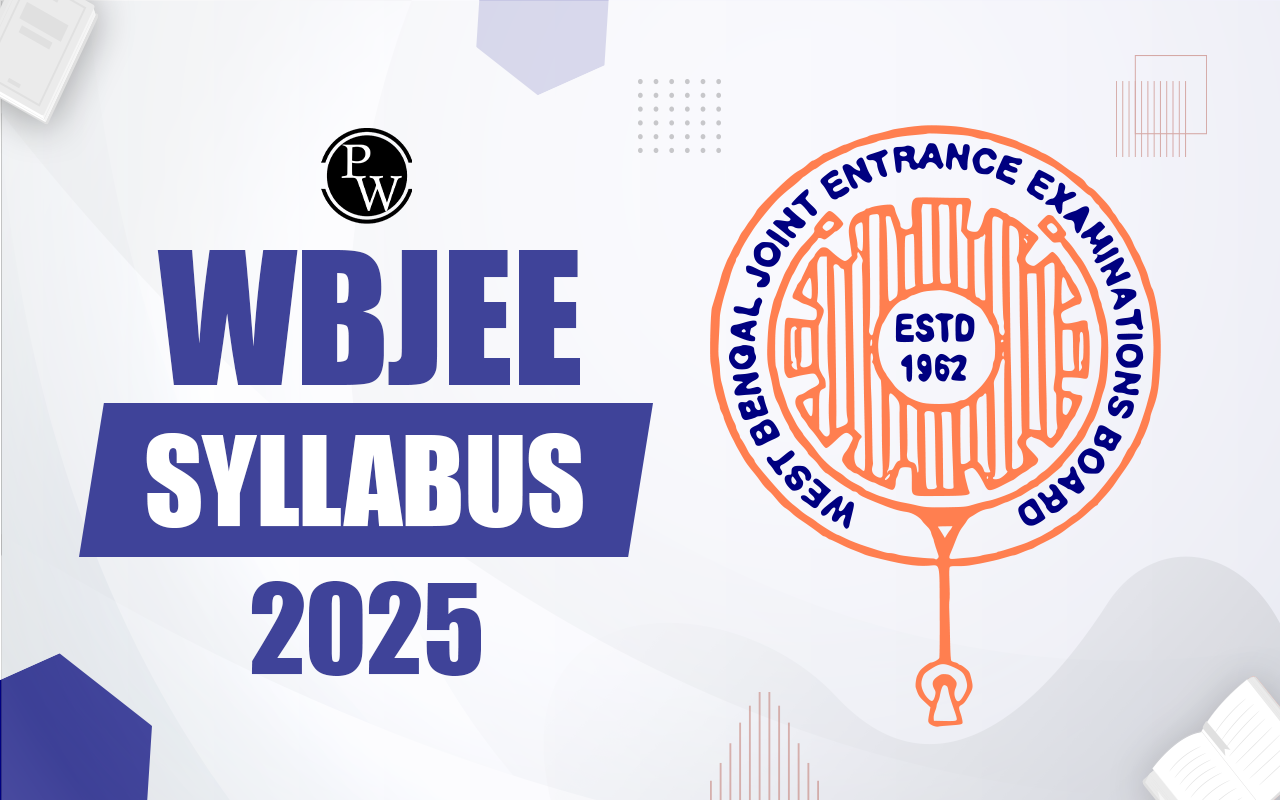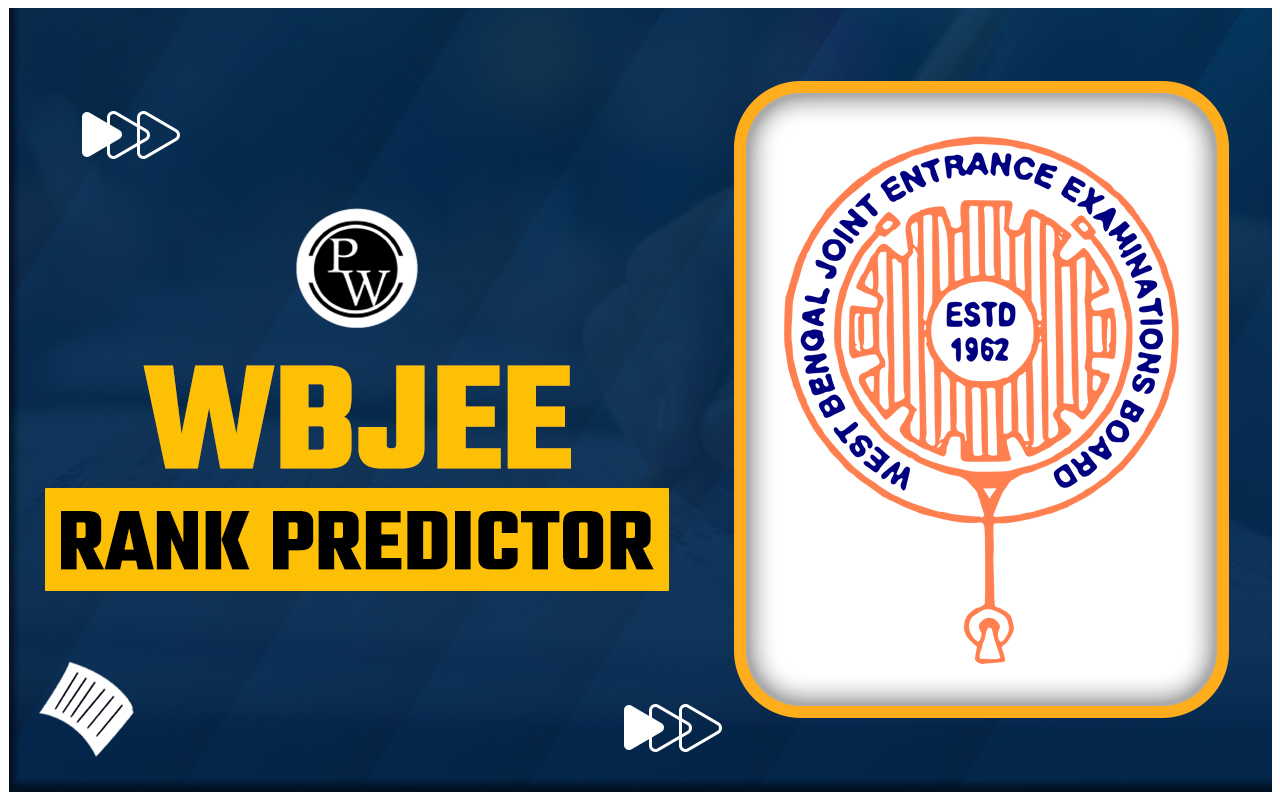|
S.No
|
Chapter Name
|
Topics
|
|
1.
|
Relations and Functions
|
Types of relations: reflexive, symmetric, transitive and equivalence relations.
One-to-one and onto functions.
|
|
2.
|
Inverse Trigonometric Functions
|
Definition, range, domain, principal value branch.
Graphs of inverse trigonometric functions.
Elementary properties of inverse trigonometric functions.
|
|
3.
|
Matrices
|
Concept, notation, order, equality, types of matrices, zero and identity matrix, transpose of a matrix, symmetric and skew-symmetric matrices.
Operation on matrices: Addition and multiplication and multiplication with a scalar. Simple properties of addition, multiplication and scalar multiplication.
Commutativity of multiplication of matrices and the existence of non-zero matrices whose product is the zero matrices.
Invertible matrices and proof of the uniqueness of inverse.
|
|
4.
|
Determinants
|
Determinant of a square matrix (up to 3 x 3 matrices), properties of determinants, minors, cofactors and applications of determinants in finding the area of a triangle. Adjoint and inverse of a square matrix.
Consistency, inconsistency and number of solutions of a system of linear equations by examples, solving a system of linear equations in two or three variables using the inverse of a matrix.
|
|
5.
|
Continuity and Differentiability
|
Continuity and differentiability, derivatives of inverse trigonometric functions, derivative of implicit functions, Concepts of exponential and logarithmic
functions.
Derivatives of logarithmic and exponential functions.
Logarithmic differentiation is a derivative of functions expressed in parametric forms. Second-order derivatives.
|
|
6.
|
Application of Derivatives
|
Applications of derivatives: rate of change of bodies, increasing/decreasing functions.
Use of derivatives in maxima and minima.
|
|
7.
|
Integrals
|
Integration is the inverse process of differentiation.
Integration of a variety of functions by substitution, by partial fractions and by parts, Evaluation of simple integrals of the following types and problems based on them.
Fundamental Theorem of Calculus (without proof).
Basic properties of definite integrals and evaluation of definite integrals.
|
|
8.
|
Application of Integrals
|
Applications in finding the area under simple curves, especially lines, circles/parabolas/ellipses (in standard form)
|
|
9.
|
Differential Equations
|
Definition, order and degree, general and particular solutions of a differential equation.
Solution of differential equations by method of separation of variables solutions of homogeneous differential equations of first order and first degree.
Solutions of linear differential equation of the given type.
|
|
10.
|
Vector Algebra
|
Vectors and scalars, magnitude and direction of a vector, direction cosines and direction ratios of a vector.
Types of vectors (equal, unit, zero, parallel and collinear vectors), position vector of a point, negative of a vector, components of a vector, addition of vectors, multiplication of a vector by a scalar, position vector of a point dividing a line segment in a given ratio.
Definition, Geometrical Interpretation, properties and application of scalar (dot) product of vectors, vector (cross) product of vectors, scalar triple product of vectors.
|
|
11.
|
Three Dimensional Geometry
|
Direction cosines and direction ratios of a line joining two points.
Cartesian equation and vector equation of a line, coplanar and skew lines, the shortest distance between two lines, and Cartesian and vector equation of a plane.
The angle between two lines.
|
|
12.
|
Linear Programming
|
Introduction, related terminology such as constraints, objective function, optimization, and different types of linear programming problems.
The mathematical formulation of L.P. Problems, graphical method of solution for problems in two variables, feasible and infeasible regions (bounded and unbounded), feasible and infeasible solutions, optimal feasible solutions (up to three non-trivial constraints).
|
|
13.
|
Probability
|
Conditional probability, multiplication theorem on probability
Independent events, total probability, Baye’s theorem, Random variable and its probability distribution, mean and variance of a random variable.
|







